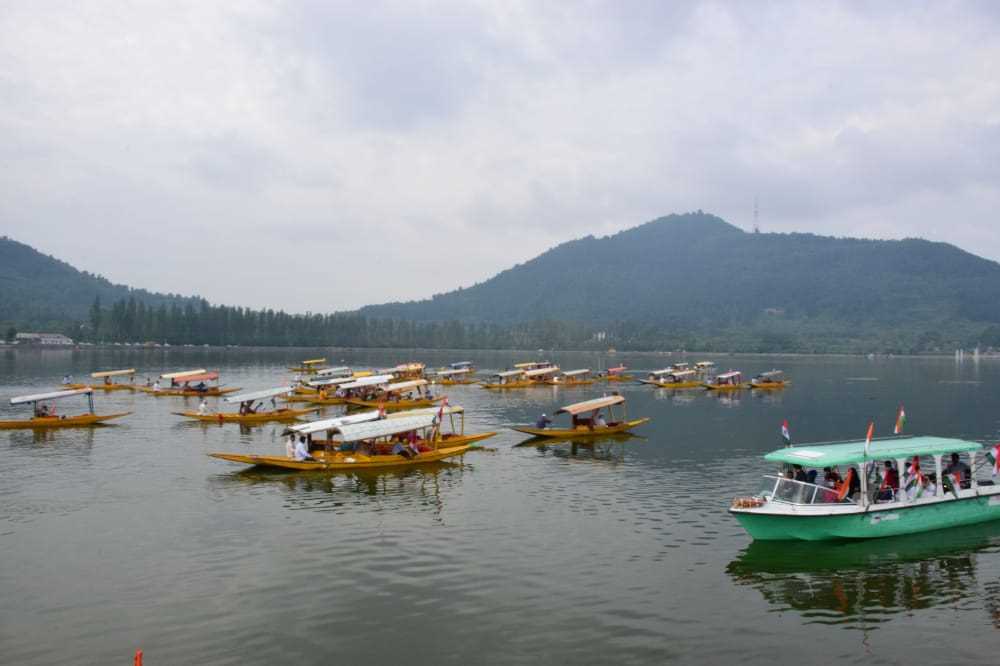
A comprehensive study funded by the Government of India under the National Mission for Himalayan Studies has unveiled startling findings regarding the significant reduction in the size of Kashmir's renowned Dal Lake and other water bodies within the catchment area of Dachigam National Park.
The study highlights a nearly 50% reduction in the size of Dal Lake and adjacent water bodies. The iconic Dal Lake, which once covered an area of 19.82 square kilometers, has now dwindled to a mere 10.62 square kilometers, raising concerns about the long-term ecological impact on the region.
The diminishing size of water bodies extends beyond Dal Lake, encompassing other critical water reservoirs within the catchment area of Dachigam National Park. The collective shrinkage of these water bodies poses a threat to the delicate balance of the region's ecosystem.
Environmentalists stress the importance of community involvement and awareness in safeguarding the region's water bodies. They call for collective efforts to mitigate the impact of climate change, adopt responsible land-use practices, and promote sustainable water management to ensure the long-term health of Kashmir's aquatic ecosystems.
As the study findings shed light on the alarming reduction in the size of Dal Lake and surrounding water bodies, it serves as a critical call to action for both the government and the community to work collaboratively in preserving the environmental heritage of the region.
A comprehensive study funded by the Government of India under the National Mission for Himalayan Studies has unveiled startling findings regarding the significant reduction in the size of Kashmir's renowned Dal Lake and other water bodies within the catchment area of Dachigam National Park.
The study highlights a nearly 50% reduction in the size of Dal Lake and adjacent water bodies. The iconic Dal Lake, which once covered an area of 19.82 square kilometers, has now dwindled to a mere 10.62 square kilometers, raising concerns about the long-term ecological impact on the region.
The diminishing size of water bodies extends beyond Dal Lake, encompassing other critical water reservoirs within the catchment area of Dachigam National Park. The collective shrinkage of these water bodies poses a threat to the delicate balance of the region's ecosystem.
Environmentalists stress the importance of community involvement and awareness in safeguarding the region's water bodies. They call for collective efforts to mitigate the impact of climate change, adopt responsible land-use practices, and promote sustainable water management to ensure the long-term health of Kashmir's aquatic ecosystems.
As the study findings shed light on the alarming reduction in the size of Dal Lake and surrounding water bodies, it serves as a critical call to action for both the government and the community to work collaboratively in preserving the environmental heritage of the region.
© Copyright 2023 brighterkashmir.com All Rights Reserved. Quantum Technologies